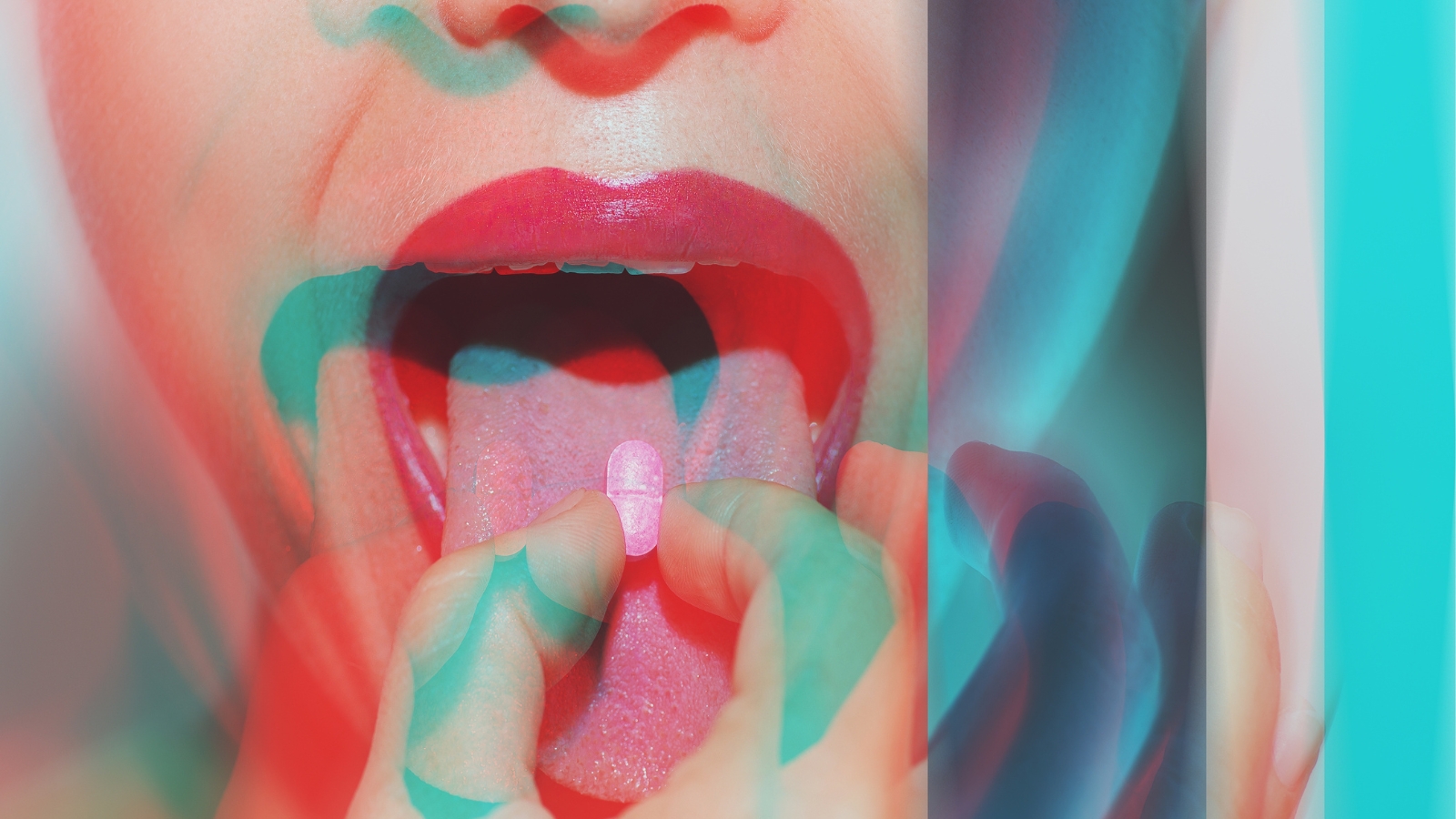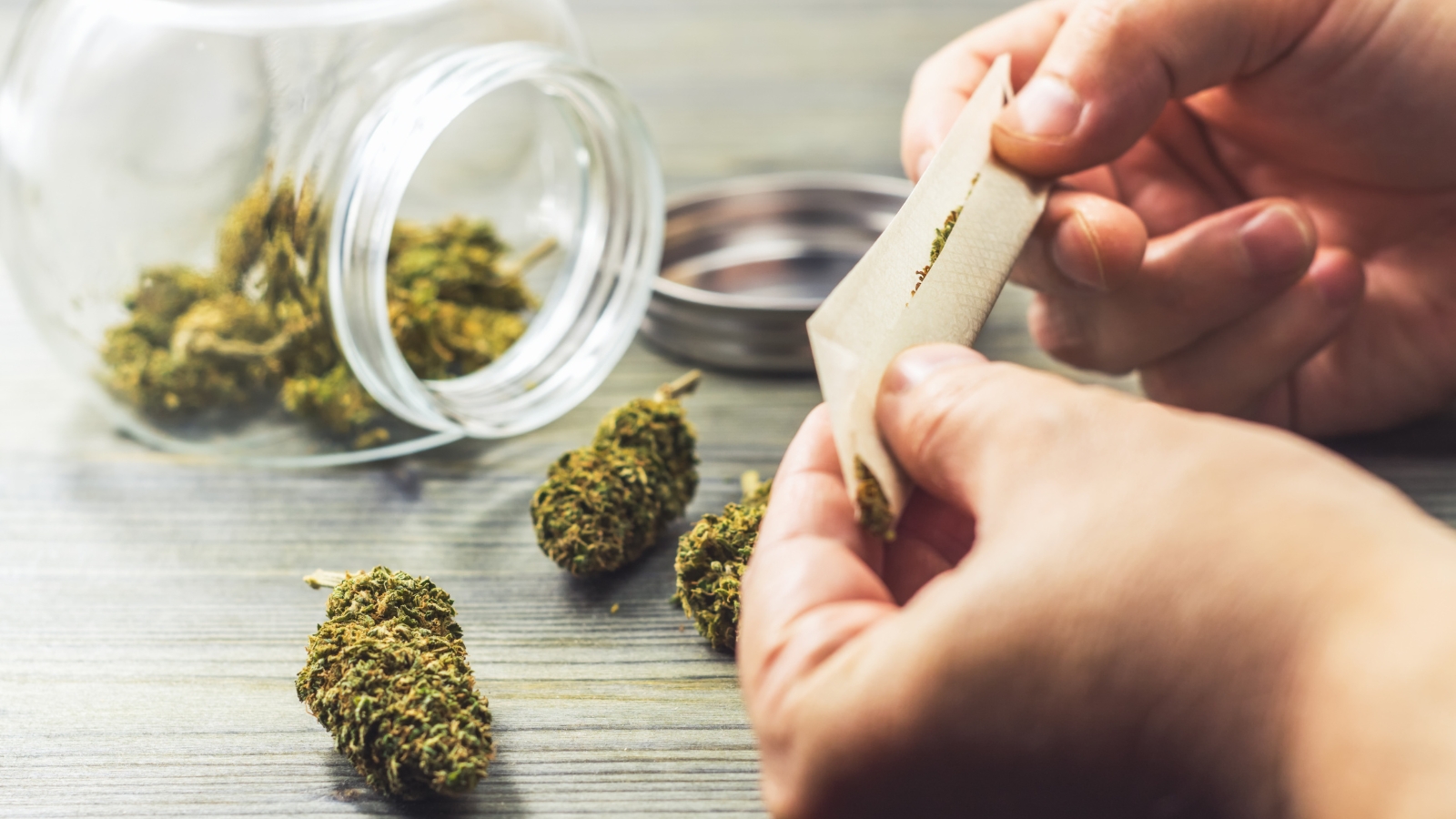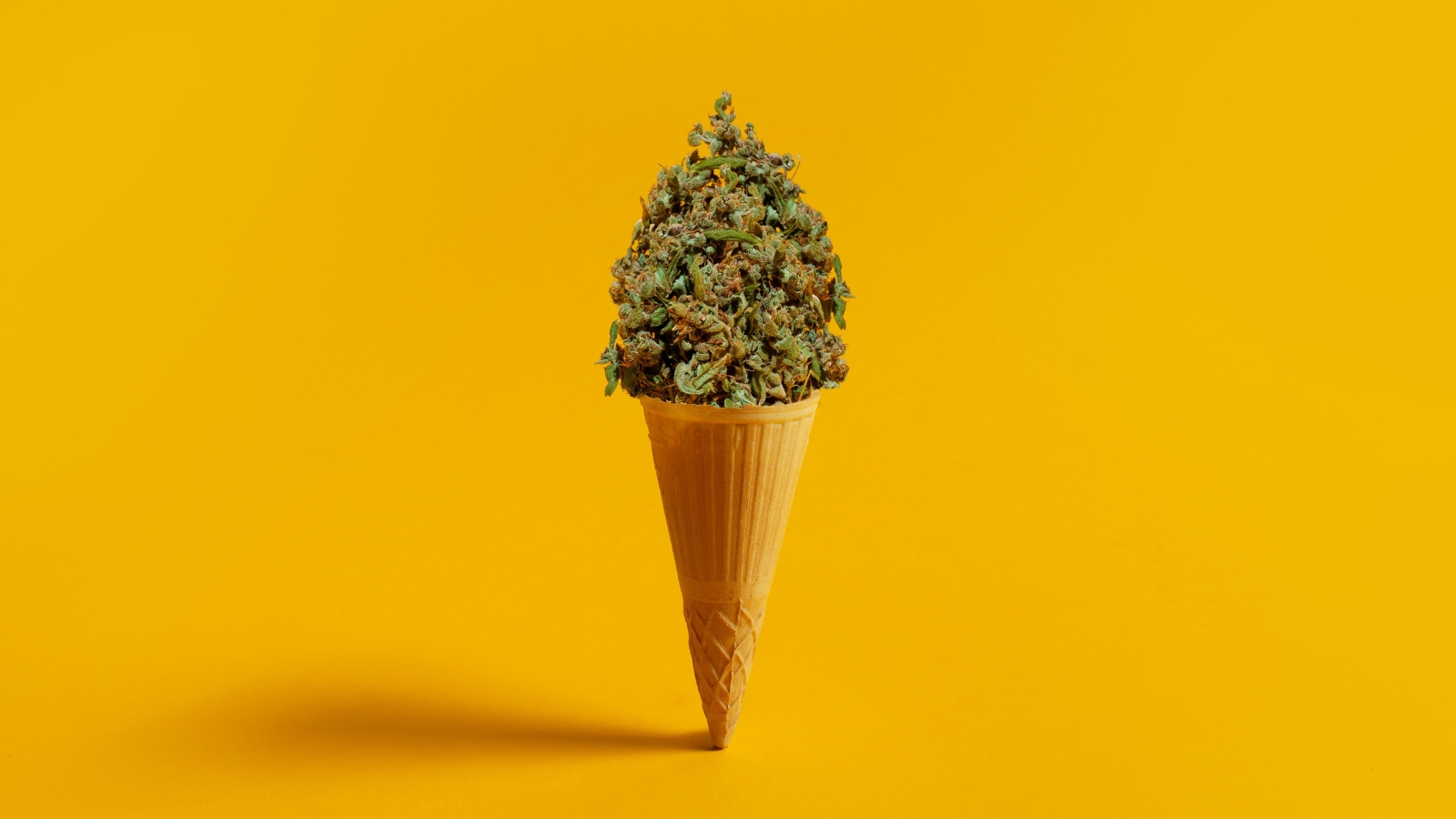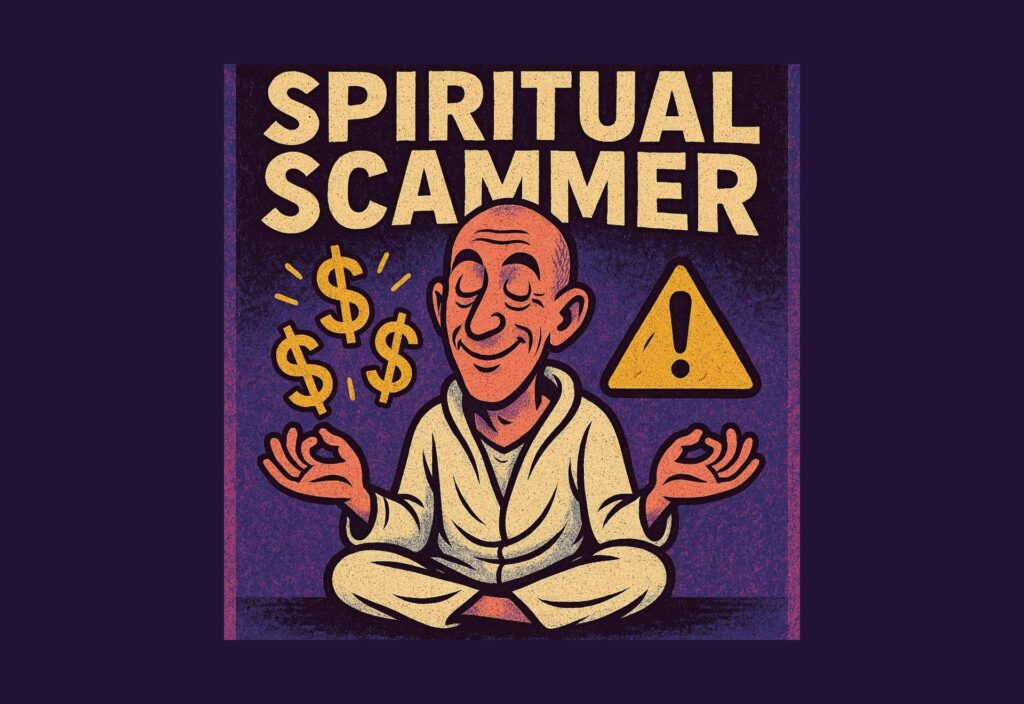Intention: To introduce a practical tool that helps users calculate when THC will leave their system, ensuring confidence and preparedness for upcoming drug tests.
It’s no secret that THC is a tricky substance to detox from in a pinch. Unfortunately, many employers have a mandatory drug screen for new hires, even though cannabis is legal in over half of the nation. Still, the benefits and joy of using cannabis mean that many people continue to use it even with the possibility of a drug screen in the future.
While there isn’t a precise THC drug test calculator, there are some key factors to consider regarding toxicity levels and how quickly one can detox from THC. Let’s take a look at some of these factors affecting one’s likelihood of passing a drug test, as well as how long other common drugs might linger in the body.

Factors of Toxicity
No two bodies are alike, and several factors can affect toxicity levels and how quickly the body can purge toxins. While there is no absolute standard for anyone, consider the following, and they may affect your body’s ability to detoxify.
Body Mass
The Body Mass Index (BMI) is a calculation based on height and weight and measures body fat. Many chemical metabolites linger in the body’s fat cells, so a person with a higher BMI may have a more challenging time purging these metabolites than a person with a lower BMI.
Alcohol & Caffeine Consumption
Alcohol and caffeine both lead to dehydration, slowing the body’s ability to flush out toxins. If you drink either of these beverages, you will take longer to detox than if you abstain from them.
Hydration Levels
Most chemicals leave the body via urine. When excessively dehydrated, the body cannot flush these toxins efficiently. Maintaining adequate levels of hydration is essential to detoxification.
Physical Activity
Exercise activates the body’s metabolic process, which can speed up detox time. Many activities are also excellent at burning fat, which is where many metabolites are stored.
Method of Use
The method by which a drug is consumed can affect levels of toxicity. For example, someone who eats cannabis edibles may have a higher THC concentration in their body than someone who only occasionally smokes a joint. Cannabis edibles tend to be infused with hefty doses of concentrated THC.
Frequency & Potency
How often a drug is used, and how strong it is are perhaps the strongest indicator of toxicity levels. A cocaine user who is regularly snorting extremely pure cocaine will have a more challenging time with detox than someone who has only done a small bump of mid-grade cocaine.

How Long Do Substances Stay in Your System
Depending on the drug (and the type of test), the window of detection can vary. Unfortunately, the medicine legal in many states — Cannabis — tends to remain in the system for the longest. THC metabolites linger in fat cells and can be found in urine for up to 30 days after the last use. When it comes to blood or saliva testing, the window shortens to a few hours up to one day.
Let’s take a look at some other common drugs and their detection times.
- Ketamine: In urinalysis, ketamine has been found up to 14 days after last use. Blood and saliva have a window of approximately 48 hours.
- Shrooms: Psilocybin moves through the body relatively quickly. While it’s not commonly tested for, traces of psilocybin can be found in urine and blood for up to 24 hours.
- MDMA: MDMA is detectable in urine for up to three days after last use, but only one to two days for blood and saliva testing.
- DMT: To find DMT in blood, a test would need to be administered within two hours of use. For urine, it is detectable for up to 24 hours.
- LSD: Urinalysis will find LSD anywhere between two to four days after last use. For blood, only six to twelve hours after last use, and only three hours in saliva.
- Cocaine: The half-life of cocaine is one hour. So within one hour, half of the consumed coke has already left the body. But its metabolites are detectable in urine for up to three days for the average user. A hefty user may test positive for two weeks. When it comes to blood and saliva, the window shortens to about 48 hours.

Types of Drug Tests
Depending on the reason for administering a drug test, a different method can be used to suit the circumstance. Drug tests are usually testing for more than one drug at a time and are found in 4-panel to 12-panel varieties. The drugs tested for can be found in multiple combinations but are typically looking for: THC, amphetamines, methamphetamines, opiates, barbiturates, cocaine, PCP, benzodiazepines, MDMA, and methadone. There are five main ways that drug tests can be administered.
Urine testing is the most common and easiest way to administer a drug test. The body breaks down chemicals into smaller metabolites that are excreted via urine. It’s easy to catch them on their way via a urinalysis.
Blood tests are not often called for, but when used, they are less likely to show positive results at a maximum of 48 days. That window is only a few hours for most drugs as the chemicals are processed through the bloodstream relatively quickly.
Saliva testing is not going to turn up much for results unless administered soon after the last use. Typically, any presence of drugs has left saliva within 48 hours.
Hair follicle testing is a tough one to beat. Almost every drug can be found in a hair follicle test for up to 90 days after last use. Considering shaving your head? Think again. A scalp scraping can often find the same results.
Fingernail testing makes hair follicle testing seem forgiving. If asked to submit a fingernail sample for a drug test, be prepared to fail if there’s been any drug use for the past six months. For toenails — up to one year!

Final Thoughts
Sometimes letting the body detoxify on its own isn’t an option. In that case, having a detox drink or detox kit on hand can be a lifesaver when a drug test pops up. Steer clear of any recommendations to use Certo or niacin to pass a drug test—these are unreliable methods that are quite dangerous. Hopefully, it goes without saying, but please don’t drink bleach in an attempt to beat a drug test, either. Stick to the tried and true detox options.















